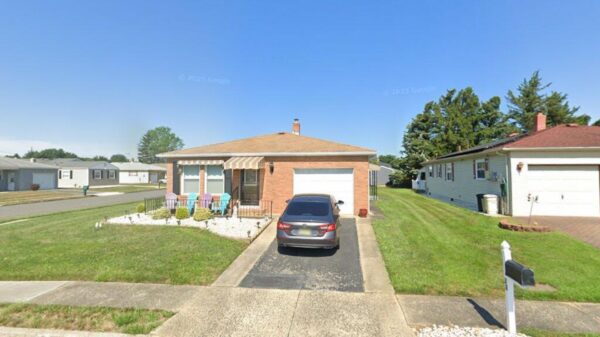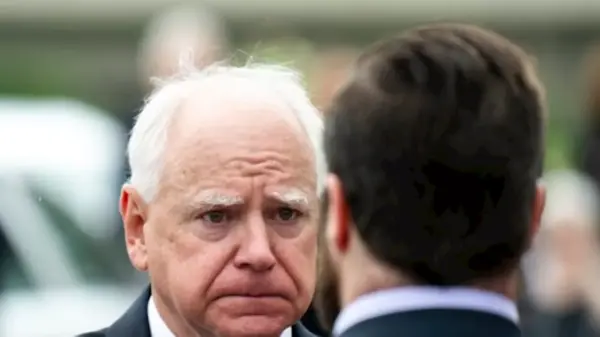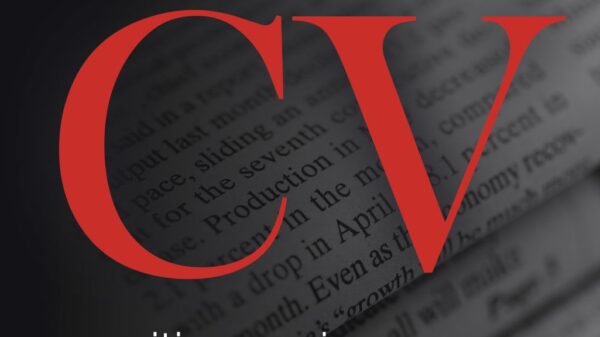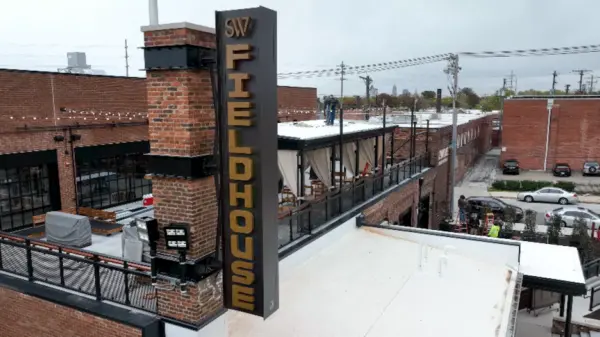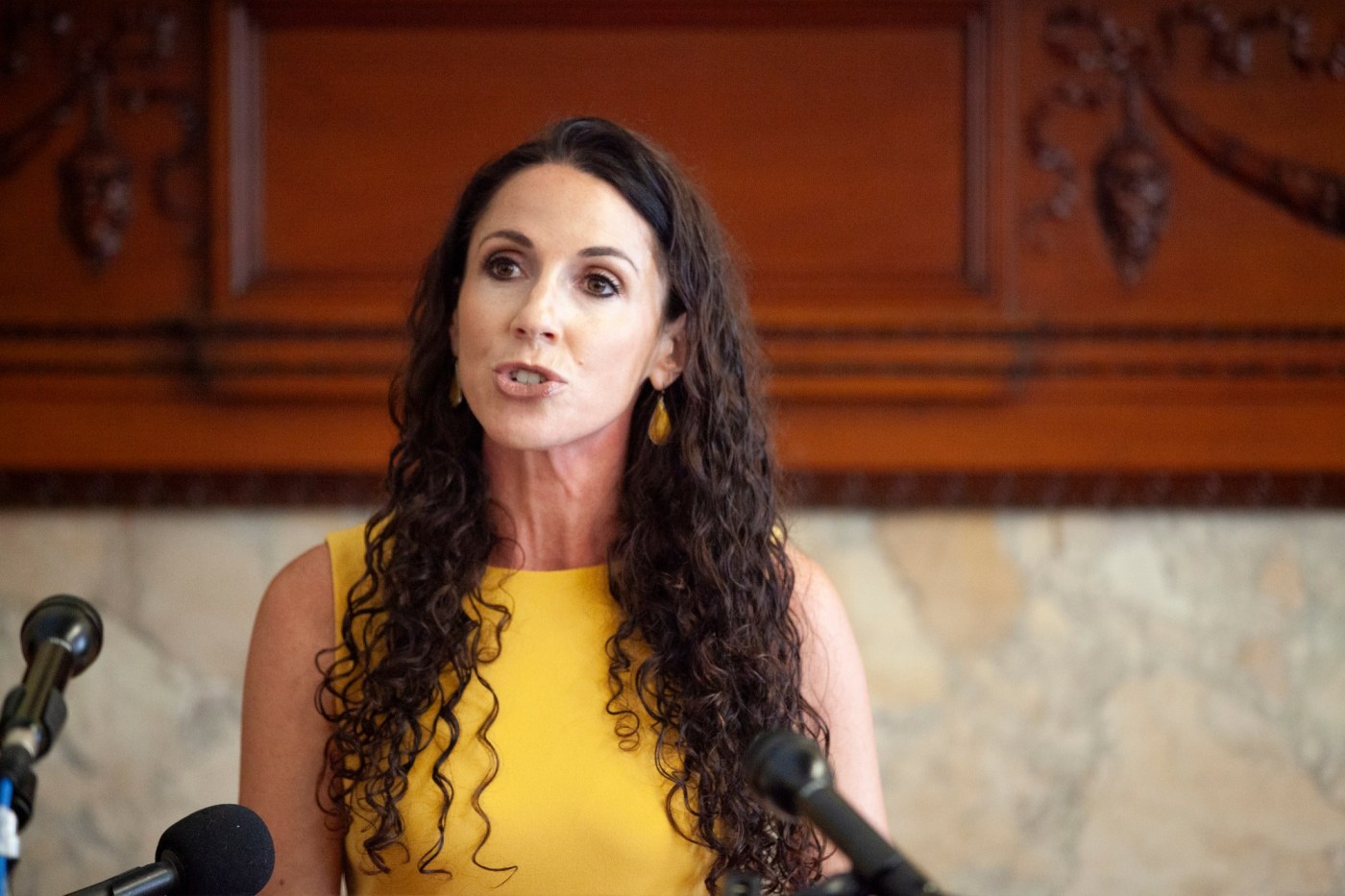Residents in Massachusetts are expressing frustration over the state’s Mass Save energy efficiency program, particularly following a recent report by state auditor Diana DiZoglio. This report reveals significant disparities in how benefits from the program are distributed, raising concerns about equity among utility customers who already face rising fees on their monthly bills.
Mass Save was established in 2008 through a collaboration between the Commonwealth of Massachusetts and its natural gas and electric utilities. The program aims to enhance energy efficiency by providing various services, rebates, and training to residents and businesses. However, its funding depends on surcharges imposed on the utility bills of residential and commercial customers, regardless of their awareness or support for the program.
The audit by DiZoglio’s Division of Local Mandates (DLM) specifically examined how Mass Save incentives are allocated across different municipalities. The findings indicate a troubling trend where residents in lower-income areas, including many designated as Environmental Justice (EJ) municipalities and Gateway Cities, contribute more to the program than they receive in benefits.
The report highlights that in 48 out of 175 municipalities with incomes below the state median, residents contribute more per capita to Mass Save than the state average. In EJ municipalities, residents contribute an average of 151% more than those in areas without significant EJ populations. Similarly, residents in Gateway Cities, which typically have lower household incomes, contribute approximately 24% more than their counterparts in non-Gateway Cities, yet receive fewer benefits.
As population density and the number of renters increase, the audit found that the benefits from Mass Save tend to diminish. Urban areas with higher populations of renters are less likely to benefit from property-based energy efficiency upgrades, yet they contribute significantly to the program. This dynamic creates a scenario where those least able to afford additional utility costs are effectively subsidizing wealthier communities.
The transparency of utility bills regarding Mass Save contributions was also called into question. The audit noted that many ratepayers struggle to understand their bills due to technical jargon and vague itemization. While utility bills typically separate charges into supply and delivery components, key fees are often obscured by complex terminology, leaving many consumers unclear about what they are actually funding.
In light of these findings, the audit recommends several operational changes, including the potential transfer of Mass Save’s administration to an independent body, increased legislative oversight, and enhanced incentives to encourage greater participation from renters.
“The current programmatic structure undermines its mission by widening inequality and eroding economic justice,” stated Auditor DiZoglio. This sentiment is echoed by local officials, including Fitchburg Mayor Sam Squailia, who emphasized the need for a fair and transparent Mass Save program that does not disproportionately burden working-class communities. “We are not seeing equitable benefits in return,” he remarked.
Lowell City Councilor Erik Gitschier added, “Gateway Cities are being used as a checkbook for wealthier communities, which is not the goal of the Mass Save program.” Methuen Mayor D.J. Beauregard expressed similar concerns, stating that the current system is unacceptable and called for a reevaluation of how programs like Mass Save are funded.
Changes to Mass Save’s funding model have already begun. In February 2023, the Massachusetts Department of Public Utilities ordered a three-year efficiency program created by the utilities managing Mass Save. This directive also included a reduction of $500 million from Mass Save’s three-year budget, which is expected to lower the fees on customers’ bills.
Despite these adjustments, the fundamental structure of Mass Save remains reliant on ratepayer funding. Implementing the auditor’s recommendations could lead to a fairer distribution of benefits and reduce the financial strain on vulnerable communities, ensuring that the program fulfills its mission of promoting energy efficiency across the state.





